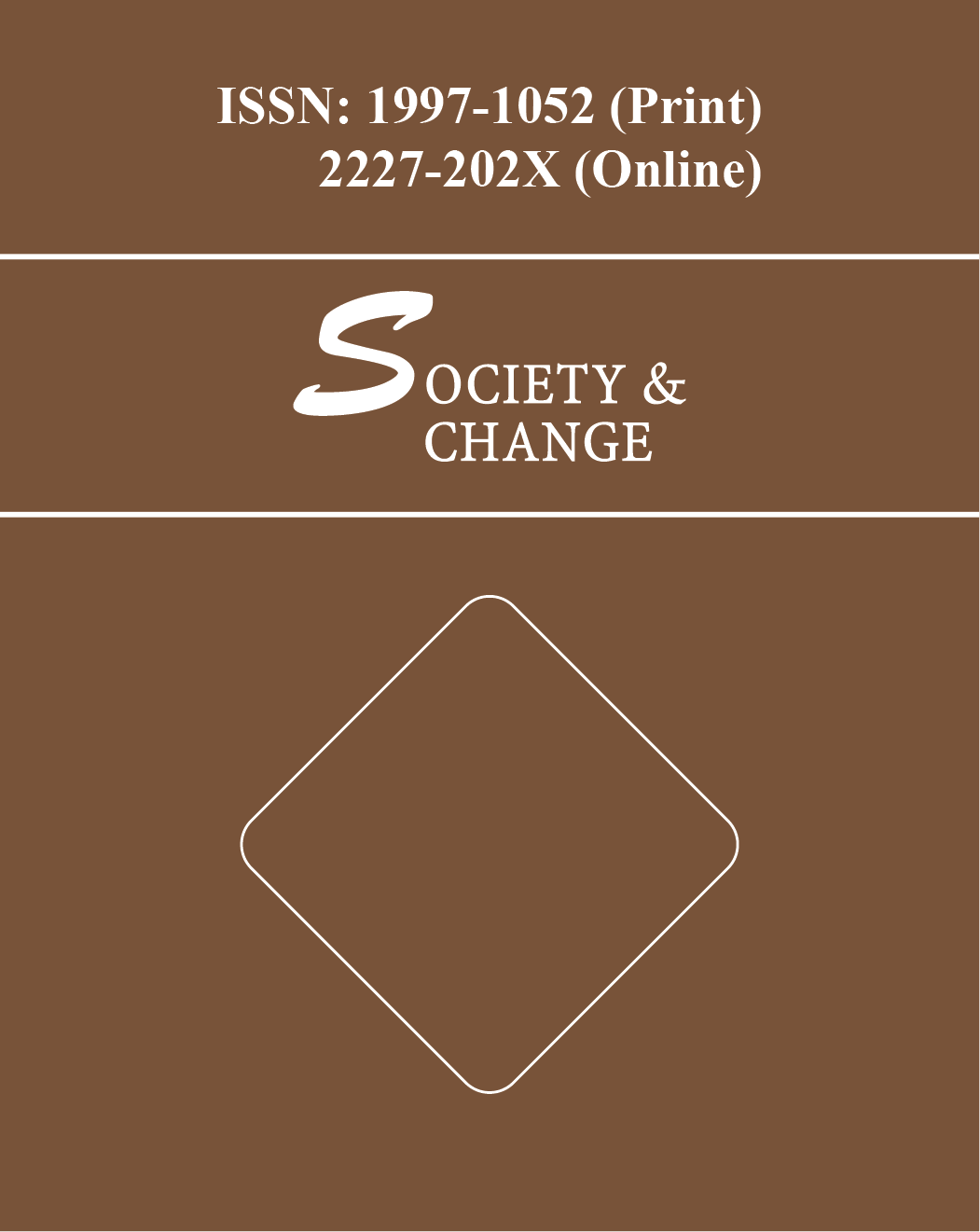There are myths surrounding hydropower dams as environment-friendly, clean, cheap and greenhouse gas free. As a result, there has been massive construction of hydropower dams worldwide (around 45,000)[1], the notably among them is the Three Gorges Dam over the Yangtze river in China with a capacity to generate 22,500 MW of electricity in operation since 2012[2]. On the hind side, the adverse effects of dams are always overshadowed. Hydropower needs a regular supply of water from a permanent reservoir created by inundating an area. Such an inundation causes involuntary displacement of people with poor or no compensation, no resettlement and mostly with no measures for livelihood reconstruction. Moreover, the trade-offs, the cost-benefit analysis of hydropower projects never done properly and mostly exaggerated. The socio-environmental costs always exceed the cost of generating electricity through hydropower. Due to poor output from hydro projects and mounting socio-environmental costs, around 450 old dams in the US have been decommissioned so far. Around the world, some 5,000 large dams are now more than 50 years old, and many more reaching their half century is increasing. They are to be decommissioned and the cost of removal of dams sometimes exceeds the cost of construction because of difficult silt management and augmentation of the river. Against the backdrop of massive dam construction worldwide, this article intends to deal with issues related to contribution of hydropower dams to development and how development is affected by the dams. It reviews proliferation of hydropower dams worldwide and their impacts on the people, society and the environment. It examines the adverse effects of dams, inundation, displacement of people, sufferings of the project affected persons, resettlement and compensation. The paper unearths the myths surrounding the hydropower as environment-friendly, cheap, clean and greenhouse free. It makes an effort to prove that hydroelectricity emits greenhouse gases, runs the risk of failure in case of earthquakes and flooding and very expensive when the socio-environmental costs are accounted for.
[1] The World Commission on Dams, 2000, Dams and Development: A New Framework for decision-Making, The Report of the World Commission on Dams, An Overview, Earthscan Publications Ltd, London, UK., www.dams.org.
[2] Kazi, R.K., 2013, Political Structure and Anti-damProtest Movements: Comparing Cases of India and China, M Sc thesis submitted at Uppsala University, Sweden.



 INSEARCH 2025: 10th International Integrative Research Conference on Governance in Society, Business and Environment
INSEARCH 2025: 10th International Integrative Research Conference on Governance in Society, Business and Environment